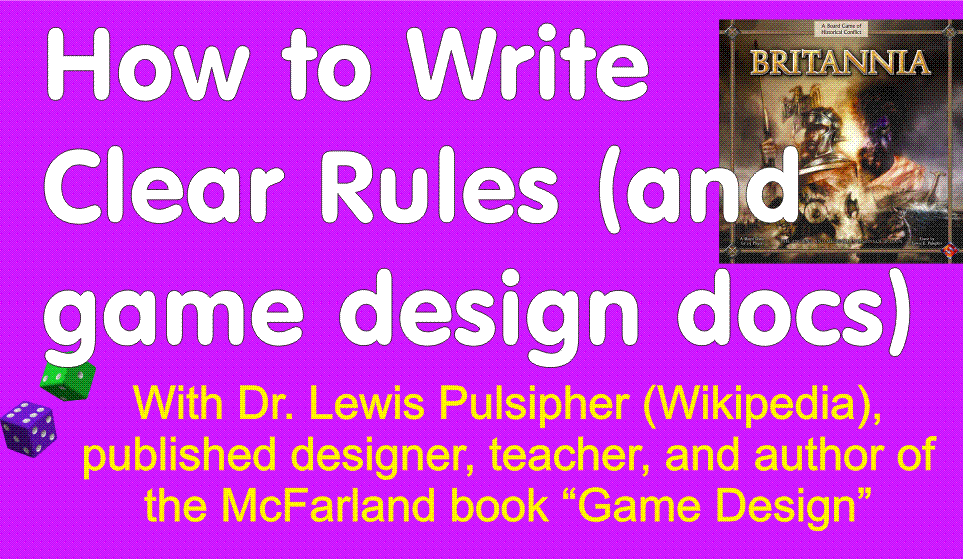I saw a cartoon once that showed a professorial type writing on a blackboard. The blackboard was covered with minuscule equations, except in the middle, where it said "and a miracle occurs". We can always feel like that about math and science occasionally.
My experience is that novice game designers tend to do the same thing, when conceptualizing a game, without thinking about it. They figure out most of the details of a game, but in at least one important part they kind of ignore the difficulties and just figure it will work out somehow ("and a miracle occurs"). Unfortunately, that may be the part of the game that just isn't possible, or practical, that renders the entire thing pointless.
Students have got to face the details, not gloss over them, at least to the point of figuring out what's practical.
I'm going to give an example from one class, because it happens to stand out in my mind.
The idea, originally expressed by one of the students well before the conceptualization exercise, was a game (say chess) in which mirrors are placed on the pieces to reflect at angles a laser. The pieces must be placed so as to reflect the laser to hit the enemy king.
I said at the time that this game is commercially impossible, because no publisher could risk selling a game containing a laser (dangerous to the eyes) that reflects around, no matter how many warnings and disclaimers were included in the game. But that's not the "miracle" part. The question is, how do you get the laser to bounce around the pieces? The laser can come from any of 8, or perhaps 4, directions, yet the mirrors need to bounce it in another direction, not back toward the source. How is that going to work?
It needs to be diagrammed in detail to make sure that it can work. I convinced the group to diagram, and we began to get somewhere. I tried to get them to make diagrams of individual pieces so that you could follow the trail of a virtual laser as it moved "through" (reflected from) each piece, but that didn't happen that day.
This is a very difficult thing to achieve, but the designers felt that somehow it would just work out--that "a miracle would occur".
The next week the students discovered that there is already a boardgame using lasers bounced off mirrors. See http://boardgamegeek.com/game/16991. It is self-published using a National Collegiate Inventors & Innovators Alliance grant; I'd still say that no commercial publisher would risk it.
This is in fact a game that would work best on computer, perhaps as a flashy-looking "casual game", but that's not what "the boss" in the conceptualization exercise wanted to achieve--he was looking for a non-video game.
Boardgames, cardgames, role-playing games, and video games all do different things well, and some things not so well. Sometimes the nature of the game will force you to a particular method, and that may force you to abandon the game in order to move toward your commercial goal.
Wednesday, September 12, 2007
Subscribe to:
Post Comments (Atom)
"Always do right--this will gratify some and astonish the rest."Mark Twain
"A designer knows he has achieved perfection not when there is nothing left to add, but when there is nothing left to take away." Antoine de Saint-Exup'ery
"Not everything that can be counted counts, and not everything that counts can be counted." Albert Einstein
"Make everything as simple as possible, but not simpler." Albert Einstein





1 comment:
nice post, very informative
Post a Comment